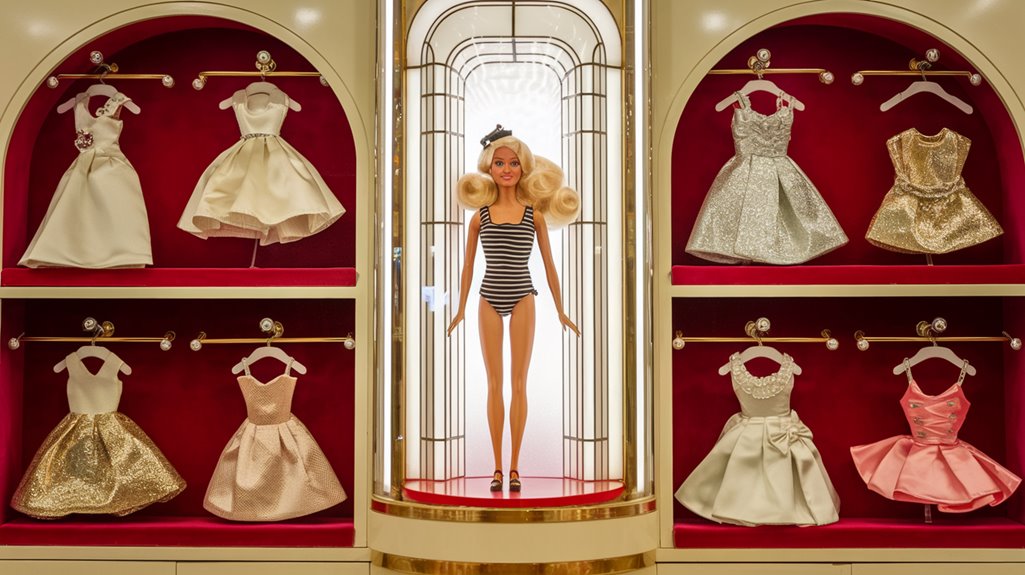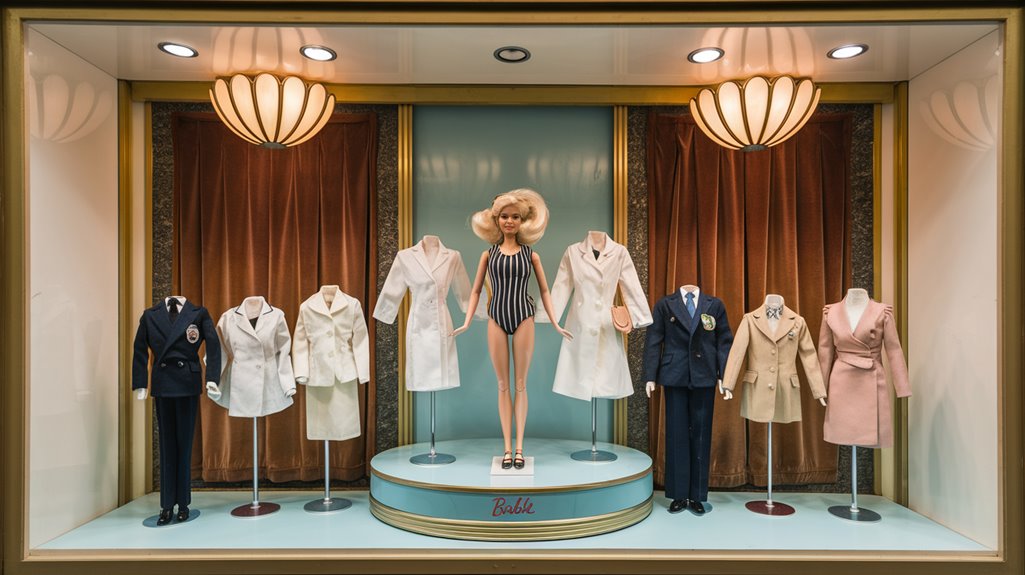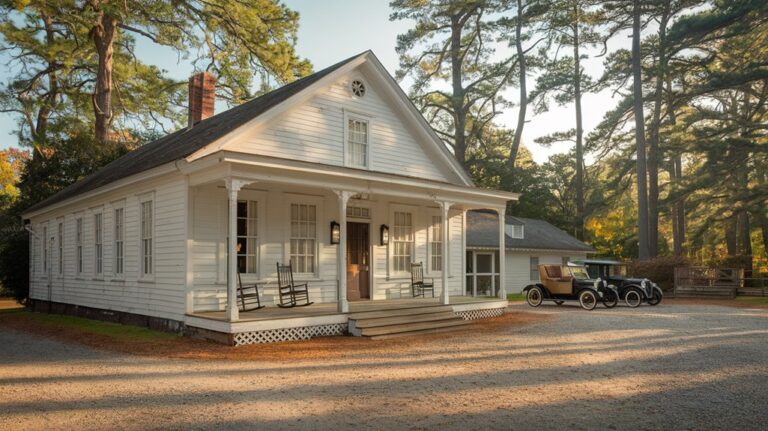When Ruth Handler’s “Teenage Fashion Doll” Sparked a Cultural Revolution
You might think you know the Barbie story, but there's more to this plastic icon than meets the eye. In 1959, when most girls played with baby dolls and paper cutouts, Ruth Handler dared to challenge the status quo. Her vision of a three-dimensional teenage fashion doll didn't just revolutionize playtime – it sparked conversations about women's roles that still echo today. The journey from controversial concept to cultural phenomenon reveals surprising truths about society's evolution.
A Mother's Revolutionary Vision: From Paper Dolls to Cultural Icon
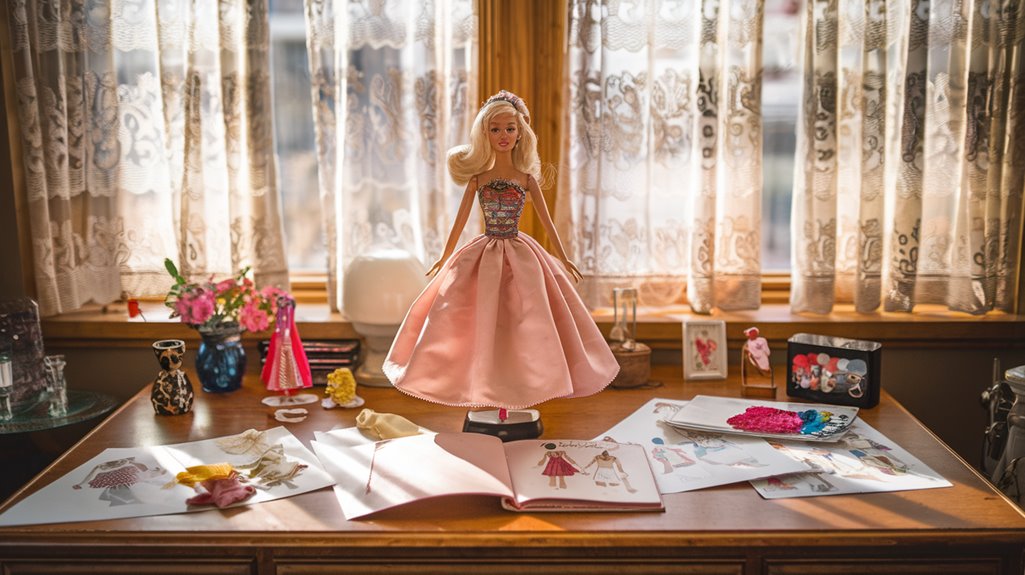
When Ruth Handler noticed her daughter Barbara playing with paper dolls of adult women, she recognized an opportunity to revolutionize the toy industry. Her observation sparked a vision that would transform doll evolution forever – moving beyond traditional baby dolls to create a three-dimensional teenage fashion figure that girls could use for imaginative play about their futures.
You mightn't know that Handler's groundbreaking concept faced initial resistance from Mattel executives. Undeterred, she found inspiration in Germany's Bild Lilli doll and used it to demonstrate her vision's potential. She aimed to create a doll that would break away from the tradition of early conditioning girls to be mothers through baby dolls.
Handler's persistence paid off when she launched Barbie at the 1959 American Toy Fair. By creating a doll that encouraged girls to envision themselves in various careers and adult roles, she challenged societal norms and opened new possibilities for children's play. The doll made its debut wearing a black-and-white striped swimsuit that would become iconic in toy history.
Breaking the Mold: The Birth of Barbie at the 1959 Toy Fair
Three major events marked Barbie's historic debut at the 1959 American International Toy Fair in New York City.
First, you'd have witnessed the revelation of an unprecedented 11-inch doll with adult proportions, wearing a distinctive black and white zebra-striped swimsuit and sporting a topknot ponytail. Barbie's design, inspired by the German Bild Lilli doll, broke away from the traditional baby dolls dominating the market.
Second, you'd have noticed the skepticism from toy buyers and advertising agencies who questioned the doll's mature features. The toy was a groundbreaking creation by Ruth Handler, co-founder of Mattel Inc. The doll was priced at $3 each and came in both blonde and brunette versions.
But Mattel's marketing strategies proved revolutionary – they'd already laid the groundwork through their Mickey Mouse Club sponsorship, enabling direct-to-child advertising.
Despite initial resistance, this approach would help sell 350,000 Barbies in the first year, launching what would become a billion-dollar cultural phenomenon.
Shaping Society: Barbie's Impact on Career Aspirations
As Barbie's groundbreaking debut transformed the toy industry, her influence would extend far beyond sales figures to shape young minds and career aspirations.
Marketing's first teenage fashion model doll created a new category in the toy industry when she debuted at the 1959 New York Toy Fair.
You'll find that research reveals a complex relationship between this iconic doll and children's career perceptions. Studies show that girls who play with Barbie tend to envision fewer career possibilities for themselves compared to those who play with neutral dolls like Mrs. Potato Head. Even a brief playtime session immediately affects how girls perceive their available career options.
While Barbie initially reinforced gender stereotypes through fashion-focused roles, you'll notice how she's evolved to represent over 250 different careers today.
Yet, the doll's sexualized characteristics and unrealistic proportions continue to impact girls' self-image and professional ambitions. Even brief play sessions can greatly affect how young girls view their future career options, demonstrating Barbie's lasting influence on societal attitudes.
The Evolution of Beauty Standards and Diversity
Throughout history, beauty standards have undergone remarkable transformations that reflect society's evolving values and cultural shifts. You can trace these changes from ancient Egypt's emphasis on symmetry to the Renaissance's celebration of fuller figures, and the Victorian era's focus on modest beauty ideals.
The 20th century brought dramatic shifts in cultural representation, from the curvaceous 1950s to the androgynous 1960s. The era was particularly influenced by celebrity culture icons, who played a pivotal role in shaping beauty ideals. Before Barbie's debut in 1959, children's dolls primarily focused on baby doll archetypes.
Today's digital age has revolutionized how we view beauty, embracing diversity like never before. You'll notice this shift in modern dolls, which now showcase various body types, skin tones, and features.
This evolution mirrors society's growing recognition that beauty isn't confined to a single standard. Social media has amplified this message, encouraging self-acceptance and challenging traditional beauty norms that once dominated popular culture.
Ruth Handler's Enduring Legacy Beyond the Toy Industry
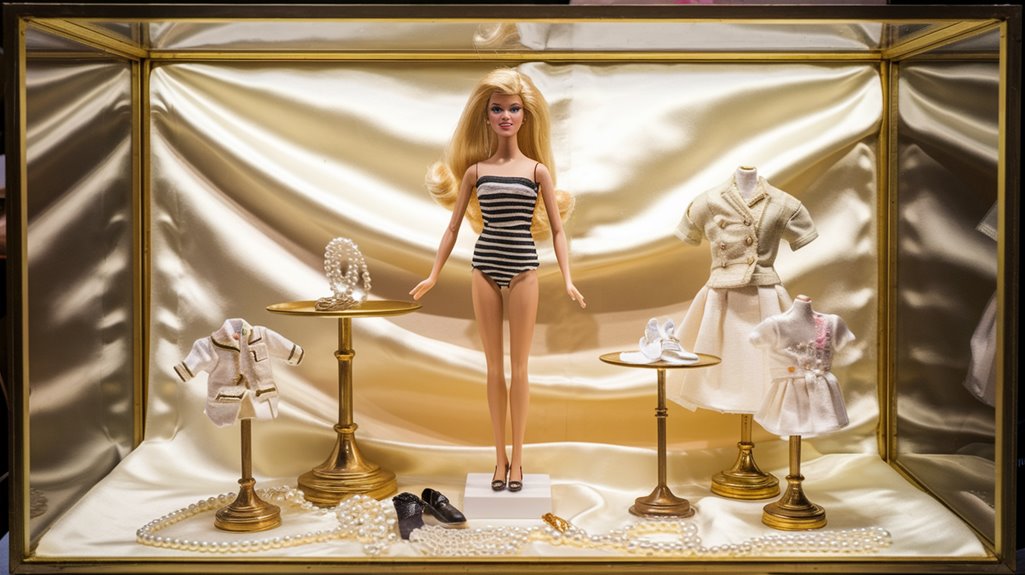
While many know Ruth Handler as Barbie's creator, her most impactful work emerged after leaving Mattel in 1975. Through her entrepreneurial ventures, she revolutionized support for breast cancer survivors by founding Ruthton Corporation and developing Nearly Me prosthetics. Her company offered 70 different sizes of lifelike breast prostheses, bringing comfort and confidence to countless women. First Lady Betty Ford received prosthetics from Handler's company after her own battle with breast cancer.
You'll find Handler's influence extends far beyond toys. She broke gender barriers as the first woman on the Toy Manufacturers Association board and Federal Reserve Board. Her product designs were inspired by her personal experience of using cotton and socks as makeshift prosthetics.
Her commitment to breast cancer awareness and survivor support created lasting change in women's healthcare. By employing breast cancer survivors to help fit customers, she built a compassionate community around her business.
Handler's legacy lives on through both her groundbreaking business innovations and her dedication to improving women's lives.

